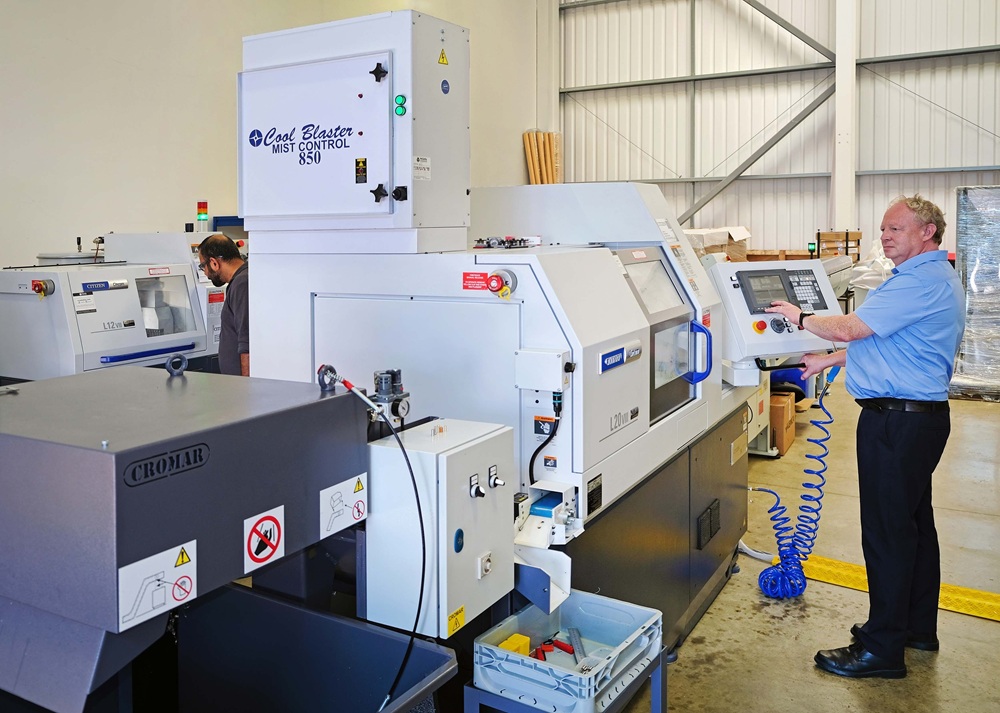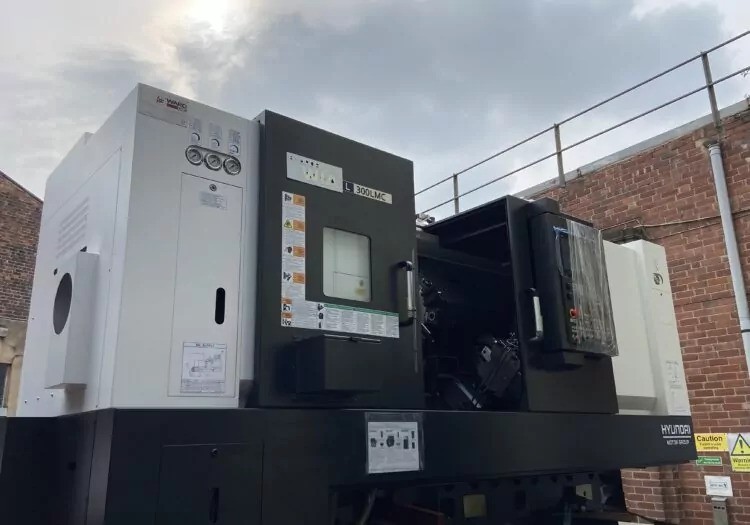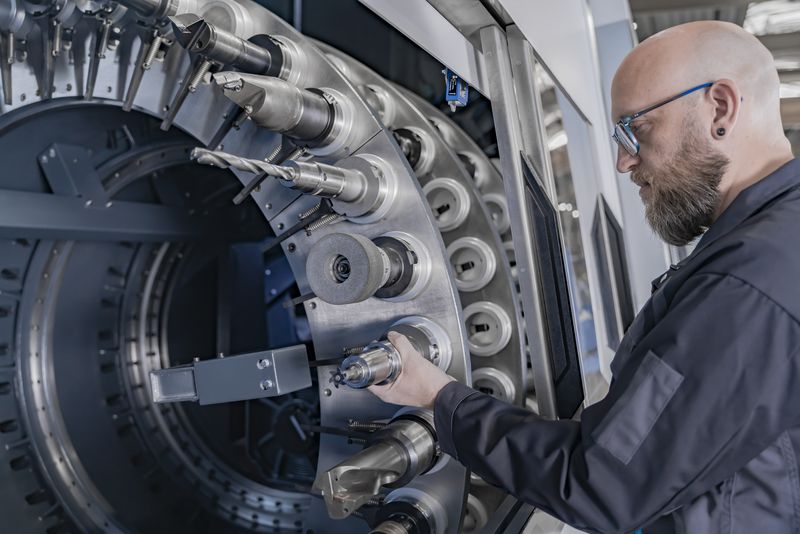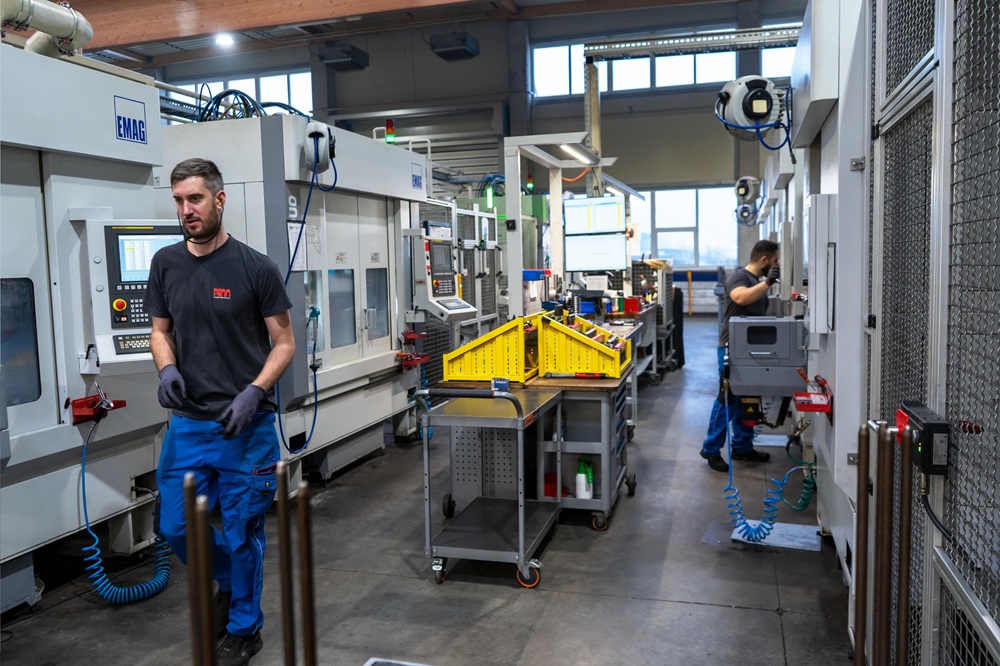Achieving 10% year-on-year growth in global sales since the start of the decade has prompted First Light Lamps to replace some of the 1980s- and 1990s-built turning machines at its Ely, Cambridgeshire factory with two new models that are more reliable, capable, productive and accurate.
Two legacy Miyano fixed-head lathes and a Cincom sliding-head turning centre have been removed to make room for two modern Cincoms, which were delivered in May this year by Citizen Machinery UK. The lathes will not only machine all the electrodes and connectors previously produced by the three old Citizen lathes but, when they are fully on-stream, will also allow the 10% of components currently outsourced to be manufactured in-house.
The smaller of the two new Cincoms, a 12 mm bar capacity L12-VIILFV, is devoted to machining lamp electrodes from lanthanated tungsten bar, 1.5 to 2 m long, of various diameters between 2.8 and 9.5 mm. The job was previously performed by two of the old Miyano fixed-head lathes, which were purchased second-hand in 2004 when First Light Lamps was founded. It is notable that, being of 34 mm bar capacity, they were deliberately over-specified in terms of size to gain the rigidity of a bigger production platform for machining the tough material.
There are 500 designs of electrode and a similar number for connectors, which underlines the need for machining to be wholly controlled in-house, as well as lamp assembly.
Says company director Paul Walker: “Our new, highly capable Citizen lathes, despite being fewer in number than previously, produce four times more connectors during our day shift, as well as all of our electrodes, many of which we were previously having to buy in.”
More information www.citizenmachinery.co.uk



















